- the paper presents racial bias that can be found in the technical language and numerical measures used in skin and hair research
- presents suggestion on how graphics research practices can be improved to include a larger spectrum of humanity
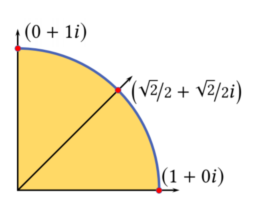
- the Tutorial presents how to generate sand dunes in pixel shaders using Unity
- presents a normal vector based sand shine reflection
- for more in-depth realistic sand, check out Sand Rendering in Journey
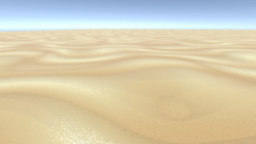
- updated version supports reporting of memory, instruction, and scalar cache usage on RDNA hardware
- article presents how the data is visualized
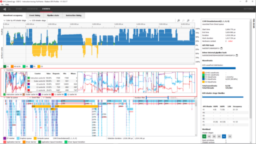
With more than one million downloads and millions of end users, Cesium is defining the standard for 3D geospatial across industries from the construction site to the battlefield, from outer space to underground. We are in an extraordinary position and are looking for an extraordinary entrepreneurially-minded customer-focused JavaScript developer.
We need a skilled fast-moving JavaScript developer with experience in at least one tech stack using libraries and frameworks like Node.js, React, or similar.
A continuous learner who loves to explore emerging technologies, introduce innovations, and learn and improve their skill set.
Ability to work in a fast-paced environment, wear multiple hats, and juggle multiple high-profile projects with competing deadlines.

- the article provides an overview of the Slang Shading language and its use inside of NVIDIA Omniverse
- Slang is HLSL based, can be used to generate SPIR-V, DXIL, and DXBC
- the main additions are interfaces, generics, and modules
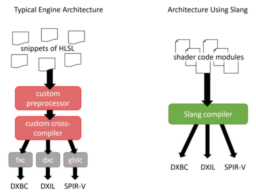
- the article shows how to calculate the variance of a stream of values
- only the average and average square value are required to be tracked
- variance and standard deviation can be derived from these

- the paper presents a novel sparse Neural Radiance Grid representation
- this representation allows Neural Radiance Fields (NeRF) to be baked so that rendering can be archived in realtime
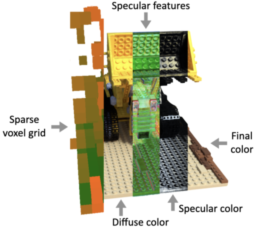
- the article presents 4 different ways to generate a sphere mesh
- UV Sphere, Icosphere, Quad Sphere, and Goldberg Polyhedra
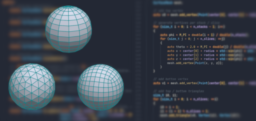
Thanks to Leonardo Etcheverry for support of this series.
Would you like to see your name here too? Become a Patreon of this series.